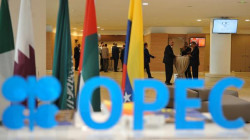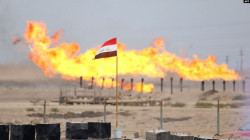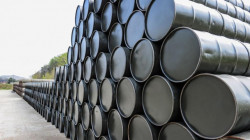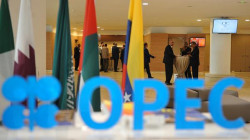OPEC+ crude oil production climbs in April, Iraq contributes to worsening compliance
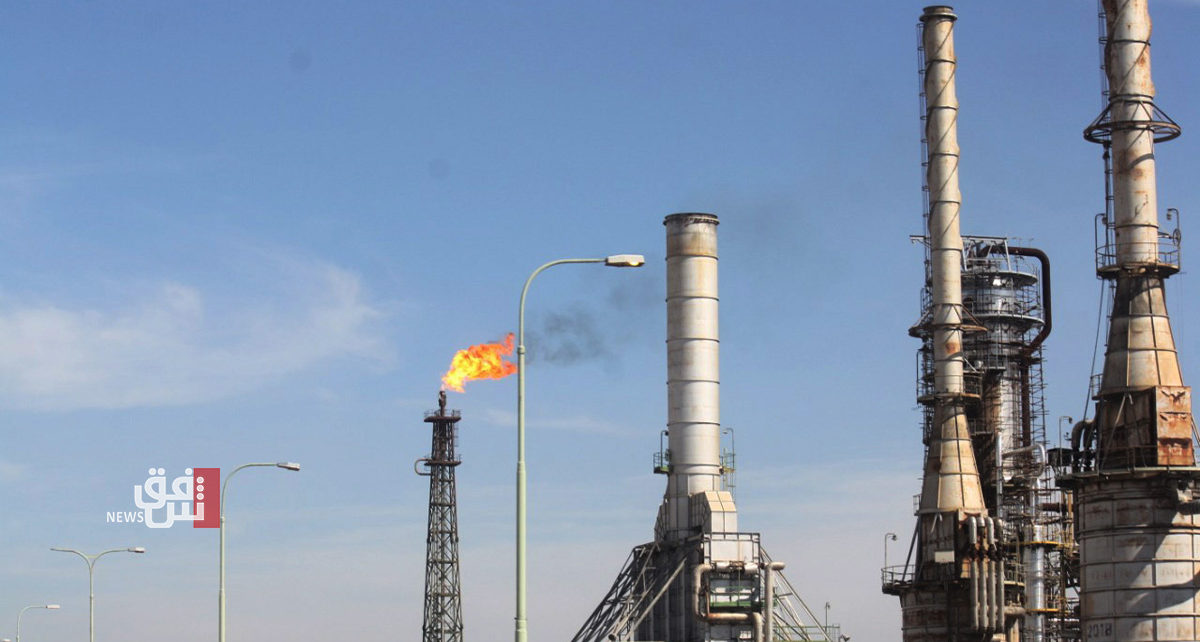
Shafaq News/ According to the latest S&P Global Platts survey, Iran pumped its largest volume of crude in almost two years in April, while an increasingly compliance-challenged Russia also boosted its output yet again, bringing total production by OPEC and its allies to a three-month high.
The Survey listed that OPEC produced 25.28 million b/d, up 80,000 b/d from March; Russia and eight other non-OPEC partners in the group's supply accord added 13.21 million b/d, an increase of 130,000 b/d, the survey found.
The rising output is a preview of the wave of OPEC+ crude set to hit the market over the next few months.
In anticipation of rising global oil demand, the alliance plans to roll back its quotas by a 350,000 b/d in May, another 350,000 b/d in June, and 441,000 b/d in July, for a total 1.14 million b/d rise.
Meanwhile, Saudi Arabia -- which has been reining in an extra 1 million b/d to help support the market -- has said it will end its voluntary cut gradually over that span, releasing 250,000 b/d in May, 350,000 b/d in June and 400,000 b/d in July.
The country averaged production of 8.14 million b/d in April, the survey found, compared to its quota of 9.12 million b/d. Saudi Energy Minister Prince Abdulaziz bin Salman had called the additional cut a goodwill gesture to the rest of the alliance, with the hopes that quota compliance would improve. The survey indicates that several key countries failed to heed the call.
The 10 OPEC members with quotas under the deal and the nine non-OPEC allies achieved a conformity level of 111% in April, according to Platts calculations. But take away the extra Saudi cut, and compliance falls to 96%, which would be the lowest since July 2020.
Russia, the main non-OPEC partner, pumped 9.50 million b/d of crude, a rise of 160,000 b/d from March and well above its quota of 9.38 million b/d, with seaborne exports surging in the month.
That is its most since April 2020, when a brief price war broke out in an acrimonious spat over how to manage oil supply through the pandemic, which was later resolved with the current deal.
Iraq, which produced 3.97 million b/d compared to 3.95 million b/d in March , and Nigeria, at 1.60 million b/d, also contributed to worsening compliance, hitting their highest levels since May 2020, driven by higher crude exports.
Iraq’s quota is 3.857 million b/d.
Two members exempt from quotas provided the largest swings within OPEC, but in opposite directions, Iran and Libya.
Iran, under heavy sanctions by the US, appears increasingly emboldened as indirect talks progress towards a reinstatement of the nuclear deal, ratcheting up production in recent months and finding a steady customer in China, according to market sources. Its April output of 2.43 million b/d is a 130,000 b/d increase from March and its highest since May 2019, according to the survey.
The country has ordered a restart of its southern fields, and sources said gas injection activities have increased multifold.
Libya, however, saw its production fall 70,000 b/d to 1.12 million b/d, as a funding dispute between state oil companies and the central government caused several fields to be shut in.
The budget strife appears to be resolved, with the country's National Oil Corp. lifting force majeure on loadings out of the port of Marsa el Hariga on April 26, paving the way for production to rebound, though observers expect output to remain volatile amid the political and security instability.
OPEC+ ministers plan to convene online June 1 to review market forecasts, adjudicate compliance, and decide whether to continue with their gradual easing of quotas. Dated Brent was assessed at $68.79/b on May 7, after hitting a nearly two-year high of $70.30 on May 5.
Under OPEC+ rules, countries that pump above their quotas must make up for their excess production by implementing so-called compensation cuts of equal volume by the end of September.
The Platts figures are compiled by surveying oil industry officials, traders and analysts, as well as reviewing proprietary shipping, satellite and inventory data.

